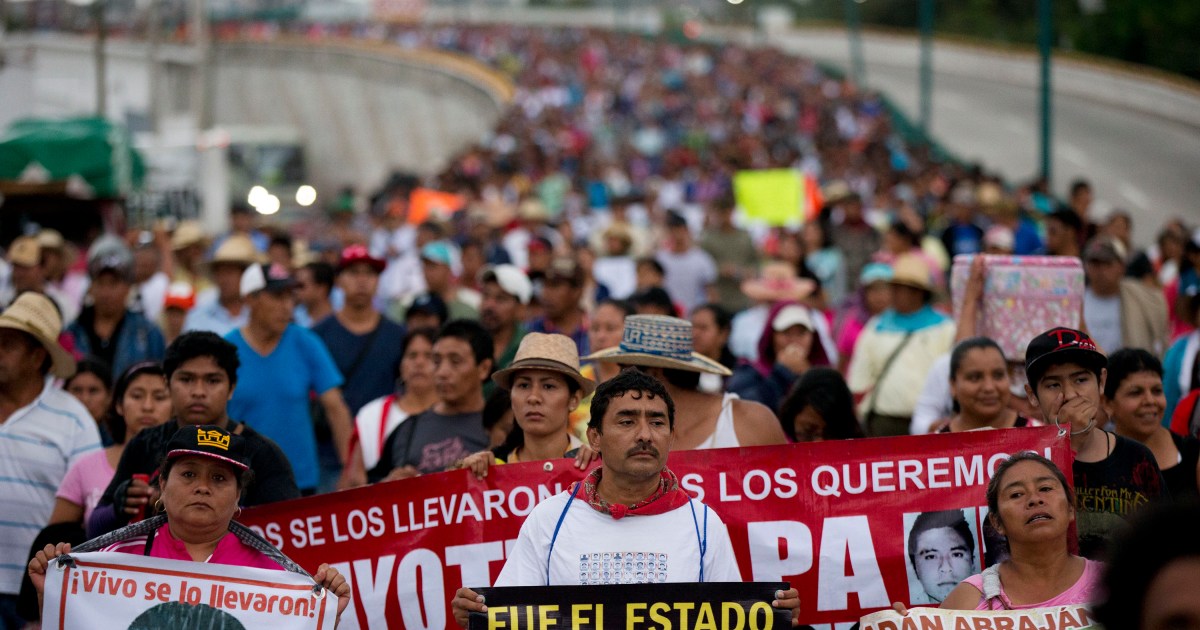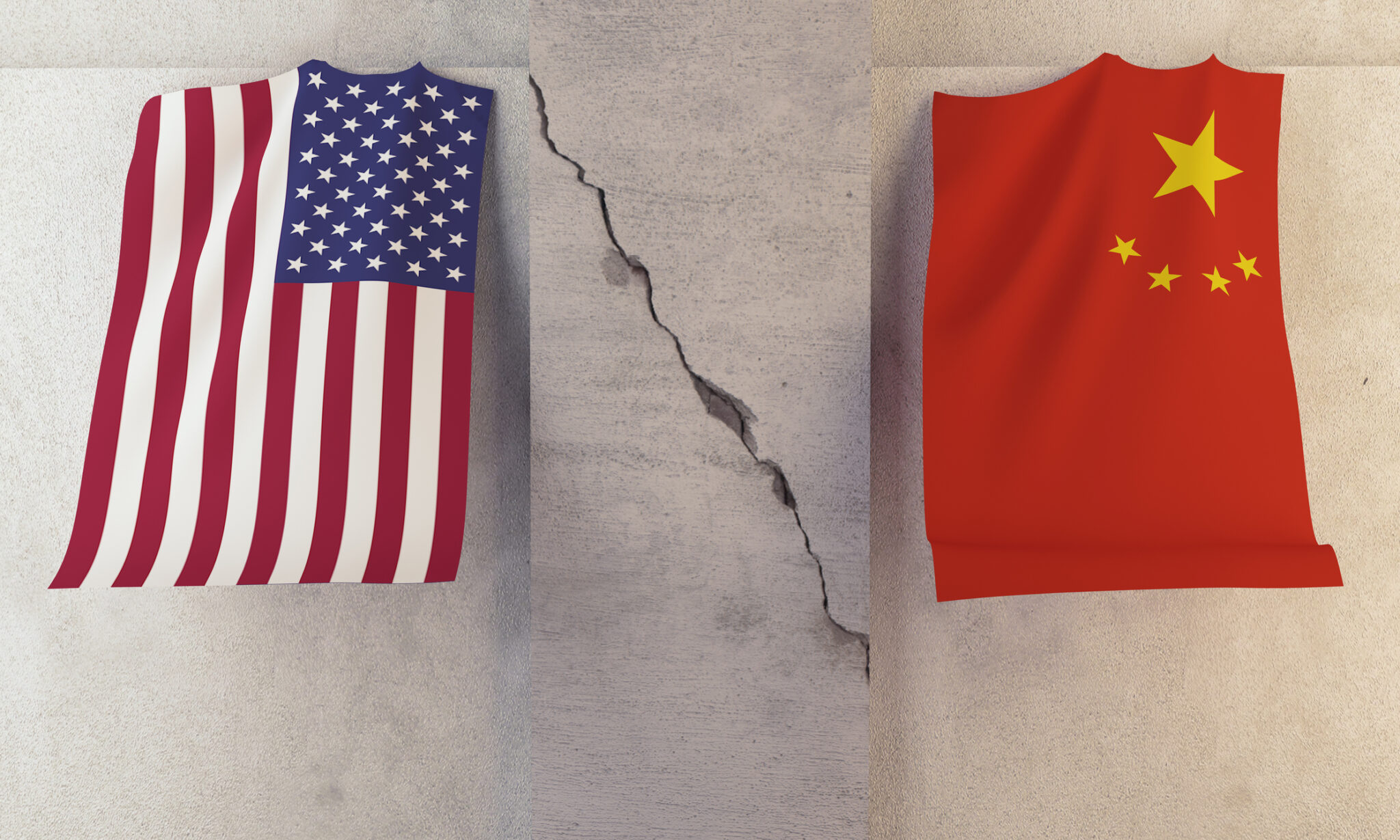[ad_1]
KYIV, Ukraine — In Ukraine’s capital, Kyiv, amid the deadly rumble of heavy Russian artillery, there is much that feels familiar. Not least a terrible feeling of dread.
Nearly 30 years ago I was in Grozny, the capital of Chechnya, a territory in southern Russia that dared declare independence from Moscow as the Soviet Union was breaking apart. The Chechens paid heavily for their presumption. The Russian army twice invaded and twice flattened the city in what has become a familiar Russian playbook for imposing control over outlying regions of the former Russian empire and bludgeoning people into submission.
Ukraine is very different from Chechnya, which was a small territory of just one million people in the North Caucasus. Ukraine is a sovereign nation with a population of more than 40 million, an armed force of over 200,000 troops, and a capital city of three million or more inhabitants.
But Chechnya’s experience is worth recalling since it was the first time we saw Vladimir V. Putin develop his game plan to reassert Russian dominion wherever he wanted. His methods are brute force and terror: the bombing and besieging of cities, deliberate targeting of civilians, and the abduction and jailing of local leaders and journalists and their replacement by loyal quislings. The tactics are straight out of Stalin’s playbook, as former Secretary of State Madeleine K. Albright wrote shortly before her death.
The war in Chechnya began with a shocking display of Russian incompetence. On New Year’s Eve in 1994, Russian troops were sent blundering into Grozny. Largely composed of conscript soldiers who were ignorant of what to expect, the force drove long columns of tanks and armor into the city in what was intended to be a swift overthrow of the Chechen leadership.
They were met by highly motivated units of Chechen fighters, armed with anti-tank rockets, who ambushed their columns, trapping and burning hundreds of Russian soldiers and armor in one night. An entire brigade, the Maikop brigade, was wiped out almost to a man.
There was a stunned silence in Russia in the days that followed as the leadership took stock of what had happened and the army sent in reinforcements. The Chechens celebrated their victory and let their prisoners telephone their mothers back home, calling on Moscow to withdraw its troops. But the lull did not last.
The Russian army moved to flank Grozny on three sides and unleashed a terrifying onslaught of air and artillery strikes on the city. Their forces smashed the leafy suburbs, the industrial parks and then residential districts, block by block, moving in on the ground bit by bit as they forced the Chechen fighters to retreat under overwhelming bombardment.
I saw it close up from both sides, reporting from behind Russian lines as their big guns pounded the city, and running the gamut of bombs and shells to reach the bunkers where the civilian population lived under siege. A modern, European city became a ravaged moonscape. I remember how buildings were shorn in half, and the contents of people’s lives spilled out of their apartments into the open air.
The Chechen fighters were ubiquitous, racing in civilian cars to the frontline, running through back streets and destroyed buildings. They became master urban guerrillas and held out for weeks against overwhelming odds. They had widespread support from the civilian population, which was angered by Moscow’s use of brute force. A Muslim people, the Chechens had suffered oppression and deportation under Stalin and had a long history of resistance to Russian rule.
When the Russians found a particularly obstinate defense, they would drop lethal cluster bombs that cut through anyone or any vehicles on the streets, whether combatants or pensioners trying to collect water or fleeing civilians.
After three months Russian forces took the city center and soldiers sat on plastic chairs guarding a wasteland of destroyed buildings, gouged earth and stricken tree stumps. The fight moved to the southern suburbs, where Russian forces destroyed the last resistance with bunker-busting bombs, which crashed through eight-story buildings right into basements full of civilians, and fuel-air bombs, which exploded above the rooftops and spread a powerful shock wave.
There was much in the experience that echoes in Ukraine today. Even though nearly 30 years have intervened, it is staggering to see Russia employ many of the same tactics — and mistakes — in Ukraine. Despite the hard lessons learned in Chechnya, and in Afghanistan before that, Russian troops drove down the main highways with their tanks and fuel trucks in an attempt to seize control of the Ukrainian capital in the first weeks of March.
Ukrainian troops were waiting and mounted repeated ambushes. They destroyed tanks and armored vehicles, creating such a pileup that they blocked the Russian advance. Scores of Russian soldiers were killed and taken prisoner. Survivors were forced to escape into the surrounding woods. Other tank columns were destroyed on the eastern approaches to Kyiv.
There followed something of a lull. The city breathed again. A few cafes even reopened.
Now, in the second month of the war, Ukrainian officials say the Russians have turned their focus away from an assault on the capital for now. But Western analysts warn that Kyiv remains very much a target, and we are already witnessing horrific bombardment of other cities around the country.
Even as many Russian forces have pulled back from Kyiv to regroup, others have already spread out and begun flanking the city. Among the miles-long Russian armored column that had advanced on the capital, military analysts identified multiple rockets launchers, heavy artillery and even fuel-air weapons. Heavy fighting is unrelenting in several northern suburbs and the city has come under almost nightly, and more recently daily, cruise missile and artillery strikes.
Twice in the last two weeks the mayor of Kyiv, Vitali Klitschko, has ordered a 36-hour-long curfew, ordering all civilians to stay indoors for two nights and a day as military commanders warned of mounting danger.
“Please stay at home, it will be much more safe,” Mr. Klitschko pleaded last week at an open air news conference as air raid sirens sounded across the city. A former world heavyweight boxing champion, he tried to prepare his shocked people for an extended fight.
“We cannot give an answer of how long will be this war,” he said. “We hope it is weeks. I hope not years.”
Even as Kyiv braces for the worst, Russian forces have been pounding Ukraine’s second largest city, Kharkiv; the port city of Mariupol; the southern city of Mykolaiv; and the northern town of Chernihiv. Thwarted from seizing them in the first days of the war, the Russian military has pounded them from afar, steadily demolishing infrastructure and buildings, including hospitals, bomb shelters and schools, even while thousands of civilians are trapped inside.
“They are an artillery army really,” Samuel Cranny-Evans, an analyst at the Royal United Services Institute, a British research body, said of the Russian military. “Artillery is the first response to most problems whether they are fighting in a field, mountains or a city. The result of this, in the latter case, is a flattened city and civilian casualties.”
Russia-Ukraine War: Key Developments
A Chechen commander, Muslim Cheberloevsky, who fought against the Russian army in his homeland for more than a decade, knows the Russian methods only too well. He came with some of his fighters to support Ukraine when Mr. Putin moved to annex Crimea in 2014. He is now commanding a battalion of Chechen volunteers near Kyiv.
He described the fighting on the outskirts of Kyiv as a game of cat-and-mouse: Russian forces inch half a dozen armored vehicles into a village, and his fighters, alongside the Ukrainians, try to hit them before they dig in. The Russians were trying to advance, “but their wheels are spinning,” he said.
He was derisive about the Russian armed forces. “They have stupid tactics from the time of the Russian empire, they have not changed,” he said. “Their most important tactic is throwing bodies into the battle. They do not care about their own soldiers.”
There is a whole next stage to the Putin playbook, which is well known to the Chechens. As Russian troops gained control on the ground in Chechnya, they crushed any further dissent with arrests and filtration camps and by turning and empowering local protégés and collaborators.
After unleashing horrendous firepower, the decisive blow exerted against Chechnya was the use of loyalist Chechens to impose control. Six years into the war, Mr. Putin turned the chief mufti of Chechnya to betray the rebel cause. The mufti’s son, Ramzan Kadyrov, became Mr. Putin’s chief henchman and has supplied Chechen fighters to support Russian forces in the wars in Syria and now Ukraine.
There are already signs of such methods in Ukraine: the arrest and disappearance of local officials, detentions and threats against local journalists and the reported mass evacuation of civilians to Russia.
The methods applied by Russian proxies over the last eight years in the separatist districts of eastern Ukraine — their rigid suppression and notorious prison — are as good an indication as any of the way the country could be run under Russian occupation.
A Canadian diplomat and politician, Chris Alexander, who served in Canada’s embassy in Moscow at the height of the Chechen war, warned too of worse to come.
“The only danger to Ukrainians at this point are Aleppo/Grozniy-style massed indirect fires,” he wrote to me. “This is not over — far from it.”
[ad_2]
Source link













